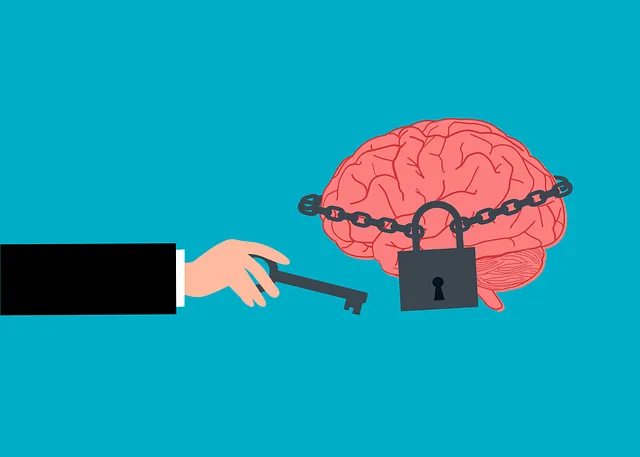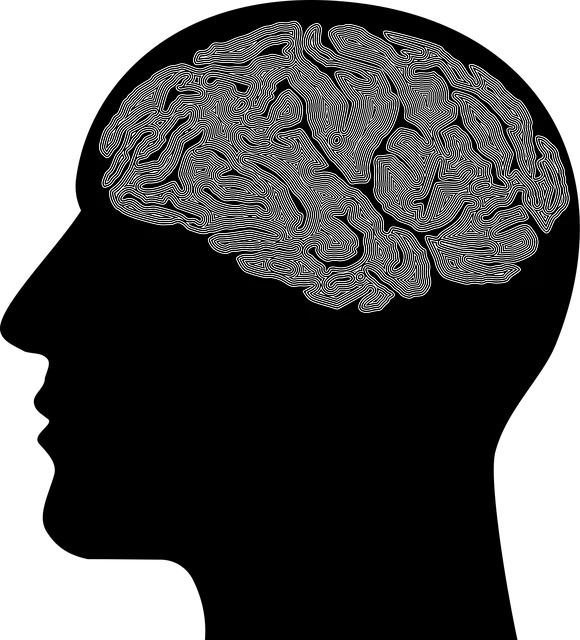Englewood and Kaiser offer contrasting approaches to inpatient mental health services, with Englewood highlighting specialized programs focusing on coping skills development and empathy-building strategies for diverse patient needs. Englewood Kaiser's comprehensive harm minimization plan prioritizes patient safety through robust risk assessment, evidence-based interventions, recovery-oriented environments, and tailored care plans that are regularly reviewed. Their strategies include anxiety relief, burnout prevention, social skills training, and collaboration with patients and families, fostering a supportive ecosystem promoting healing and enhancing patient satisfaction.
In today’s complex healthcare landscape, effective risk assessment and harm minimization planning are paramount, especially within inpatient mental health services. This article delves into these critical aspects, comparing Englewood and Kaiser’s approaches. We explore how understanding risk assessment forms the foundation for harm minimization strategies, offering a comprehensive guide. From developing robust plans to implementing and monitoring successful risk management, this resource equips professionals with essential tools. Discover why effective risk assessment is not just a best practice but an indispensable requirement in inpatient mental health services.
- Understanding Risk Assessment: A Fundamental Approach to Harm Minimization
- Englewood vs Kaiser: Inpatient Mental Health Services Comparison
- Developing a Comprehensive Harm Minimization Plan
- Implementing and Monitoring Strategies for Effective Risk Management
Understanding Risk Assessment: A Fundamental Approach to Harm Minimization

Risk assessment is a crucial process that forms the backbone of effective harm minimization planning. It involves meticulously evaluating potential hazards and their likelihood to cause harm, enabling organizations like Englewood Kaiser to proactively address risks associated with inpatient mental health services. By systematically identifying and analyzing various risks, from clinical errors to security concerns, healthcare providers can develop comprehensive strategies to mitigate these risks and ensure patient safety.
This fundamental approach aligns with the concept of Inner Strength Development and Emotional Intelligence, where recognizing and managing potential harms contribute to the overall emotional well-being promotion techniques within mental health settings. Through rigorous risk assessment, Englewood Kaiser can foster an environment that prioritizes the unique needs of its patients, ensuring their stay is as secure and beneficial as possible.
Englewood vs Kaiser: Inpatient Mental Health Services Comparison

When comparing Englewood and Kaiser in terms of inpatient mental health services, key differences emerge that can significantly impact patient care and outcomes. Englewood, known for its specialized programs, offers a range of services tailored to diverse mental health needs. Their approach emphasizes coping skills development and empathy-building strategies, ensuring patients receive holistic support. In contrast, Kaiser, while renowned for its comprehensive healthcare system, may lack the same level of specialization.
Despite this difference, both institutions provide trauma support services, acknowledging the importance of addressing underlying traumatic experiences in mental health treatment. However, Englewood’s focus on individualized care and specialized programs sets it apart, making it a compelling choice for those seeking tailored inpatient mental health services that go beyond standard care.
Developing a Comprehensive Harm Minimization Plan

In developing a comprehensive harm minimization plan, healthcare facilities like Englewood Kaiser must prioritize patient safety and well-being. This involves a multifaceted approach that includes identifying potential risks, implementing evidence-based interventions, and fostering an environment conducive to mental health recovery. A robust strategy should incorporate specific measures tailored to address conditions such as anxiety relief, burnout prevention, and social skills training. By integrating these elements, institutions can ensure that inpatient mental health services not only meet but exceed industry standards.
Englewood Kaiser’s commitment to harm minimization extends beyond treating symptoms; it focuses on empowering patients with tools for long-term resilience. This involves collaborative planning between healthcare providers, patients, and their families to create individualized care plans. Moreover, regularly reviewing and updating these plans based on patient progress ensures that the strategy remains effective in addressing evolving needs, particularly when managing complex mental health conditions. Such proactive measures are crucial in creating a supportive ecosystem that promotes healing and enhances overall patient satisfaction.
Implementing and Monitoring Strategies for Effective Risk Management

Implementing strategies for effective risk management is a multifaceted process that requires careful planning and continuous monitoring. Englewood does Kaiser have inpatient mental health services? This question underscores the importance of understanding local healthcare resources in integrating robust risk assessment and harm minimization plans. Organizations like Kaiser, known for their comprehensive mental health care, offer models that can inform tailored strategies. By leveraging their inpatient facilities, professionals can create safe spaces for individuals facing crises, promoting stabilization and recovery.
Monitoring these strategies is paramount to ensure their effectiveness. Regular reviews of patient outcomes, feedback from healthcare providers, and input from affected individuals or their caregivers provide valuable insights. Incorporating elements like positive thinking and mental wellness programs into the risk management framework can further strengthen resilience and foster inner strength development. Such approaches not only mitigate risks but also enhance overall well-being, ensuring a holistic and supportive environment.
In comparing Englewood’s and Kaiser’s inpatient mental health services, it’s clear that both institutions employ robust risk assessment and harm minimization strategies. While each has its unique strengths, understanding these foundational approaches – from assessing risks to implementing effective monitoring – is crucial for fostering safe and supportive environments in mental health care. By learning from both models, facilities can develop comprehensive harm minimization plans, ensuring the best possible outcomes for their patients.






